Two Out Of Three Ships That Sank In Lake Superior Over A Century Ago Resurface, Reveal New Mysteries
On November 18, 1914, three vessels sailing in Lake Superior encountered howling winds, snow squalls and punishing waves. Due to these adverse conditions, the ships sank and were never seen again.

Over a century ago, three vessels disappeared after sinking in North America's Lake Superior, the largest freshwater lake in the world. Two of those vessels have been discovered, and new mysteries revealed. The Great Lakes Shipwreck Historical Society (GLSHS), a museum in Michigan, along with Marine Sonic Technology, a leading provider of ultra-high resolution sonar (technique that uses sound waves to 'see' in the water) systems, made this discovery.
Disappearance of three ships in Lake Superior in 1914
On November 18, 1914, the Steamship CF Curtis was towing the schooner barges Selden E Marvin and Annie M Peterson from Baraga, Michigan to Tonawanda, New York, with a load of lumber, a collective term for harvested wood that could be cut into logs or heavy timbers of uniform sizes. A schooner barge is a cargo vessel intended to be towed by a powered vessel but capable of sailing during emergencies.
On the day of sailing, the three vessels encountered howling winds, snow squalls and punishing waves, according to a statement released by the Shipwreck Society.
Due to these adverse conditions in Lake Superior, the Curtis, Marvin and Peterson sank, and were never seen again. The vessels had a crew of 28 members, none of whom survived.
Mysteries revealed by wreck of CF Curtis
The Shipwreck Society found nine vessels in 2021, one of which was the CF Curtis.
Some of the artefacts discovered from the wreck of the Curtis include anchors, a wreckage of the pilot house, a broken wheel of the shop, a triple expansion engine, a grinding wheel, a steam pressure relief valve, and a brass gauge panel, among others.
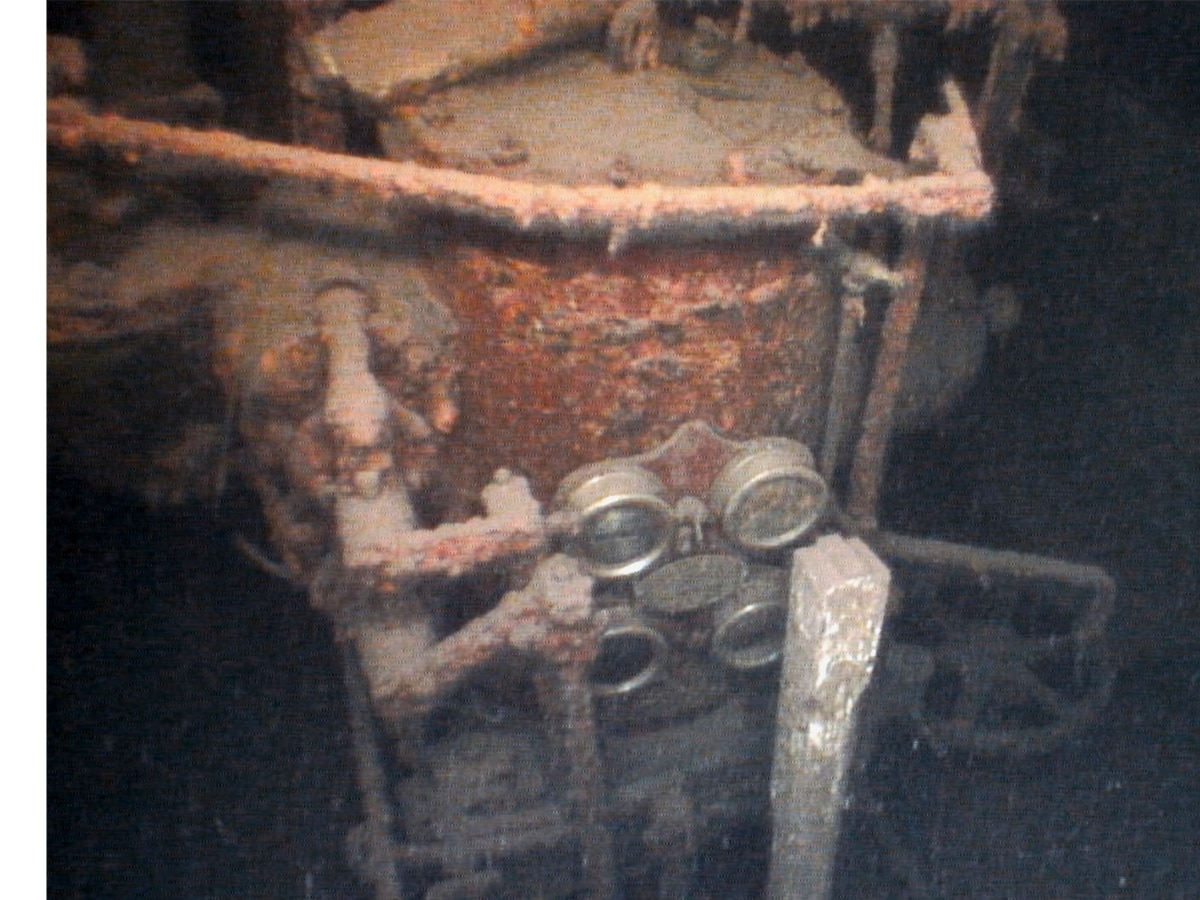
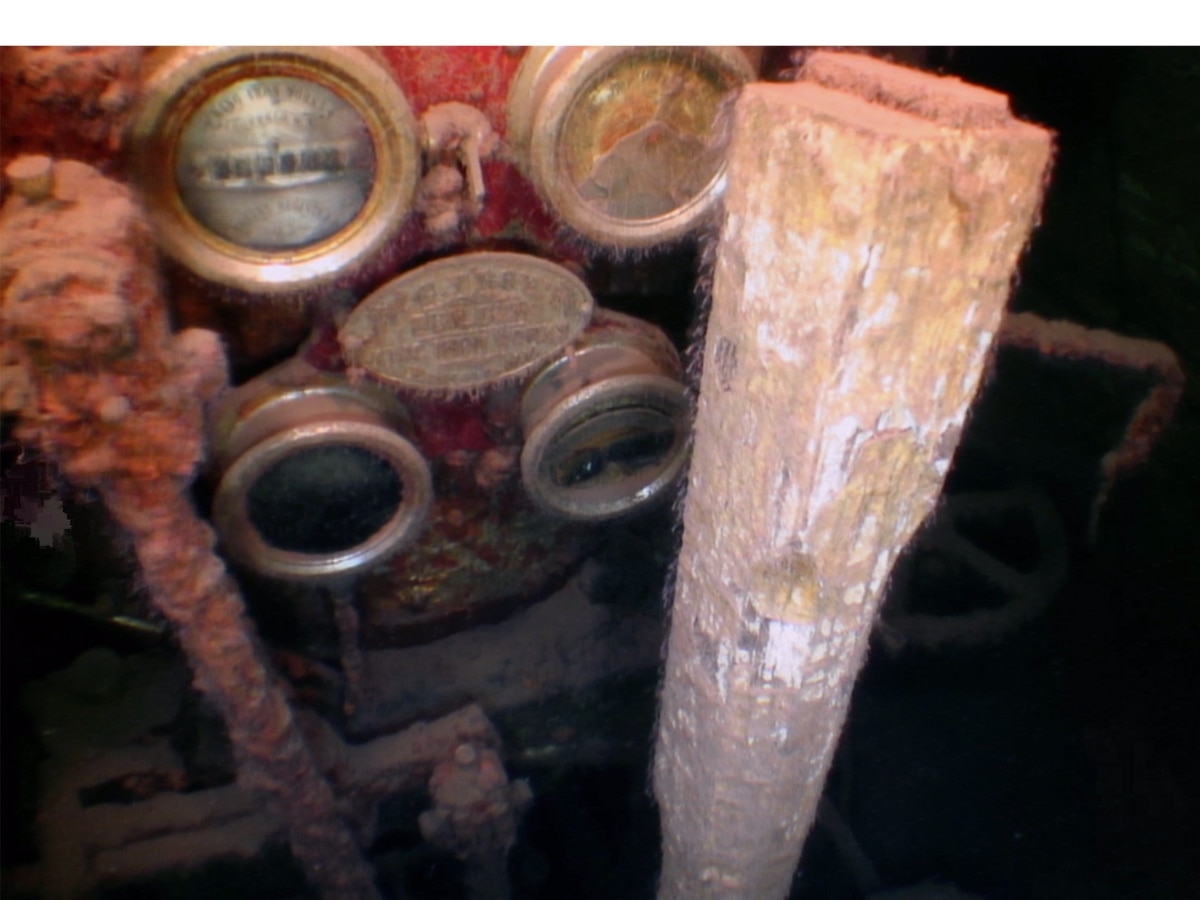
Mysteries revealed by wreck of Marvin
A year later, in the summer of 2022, the crew in the Shipwreck Society's research vessel David Boyd discovered another shipwreck within a few miles of the Curtis. The Shipwreck Society's remotely operated vehicle (ROV), which is an underwater robot, was sent to investigate the wreck. Soon, the team found that Marvin had been discovered.
The artefacts discovered in the wreck of the Marvin include two 'Marvin' nameboards, different bows, a tow rope, a short, and bulwarks, among others.
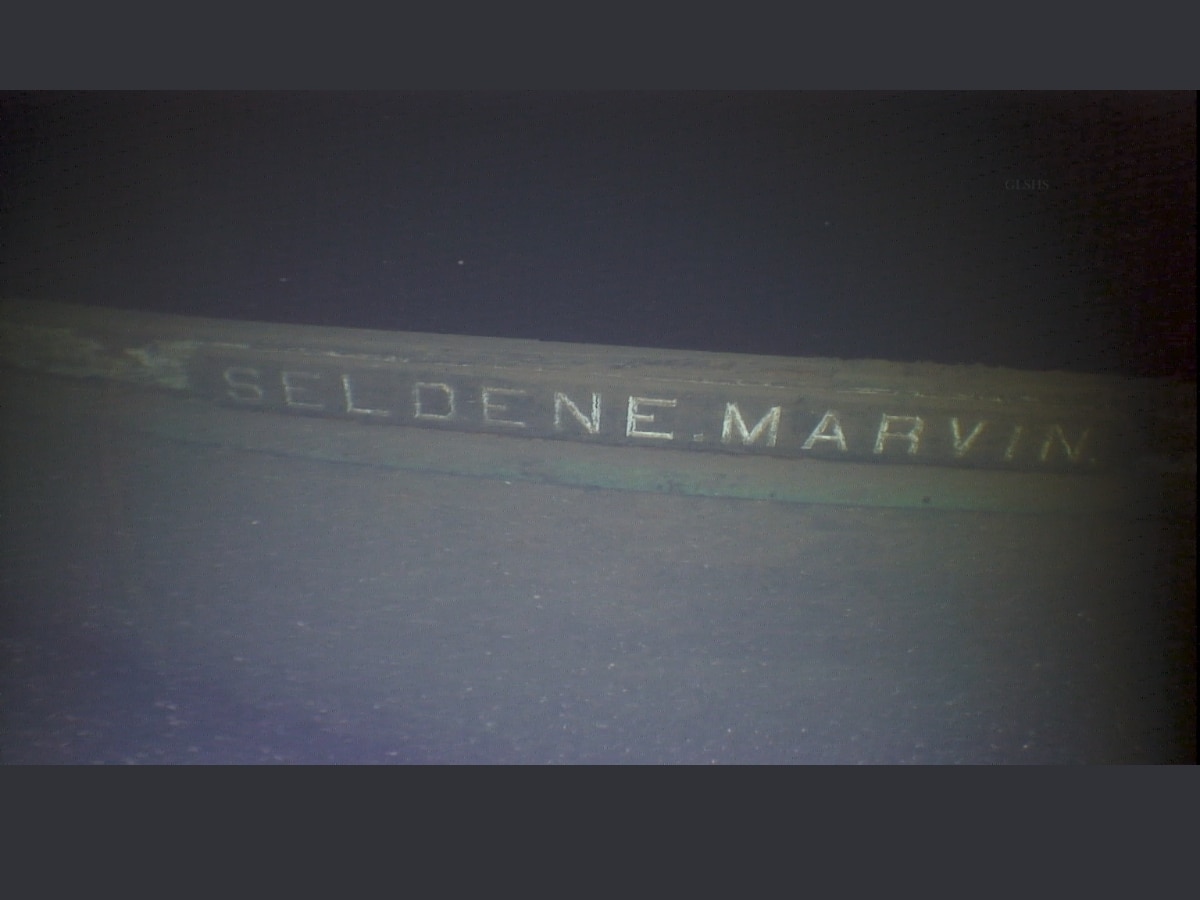
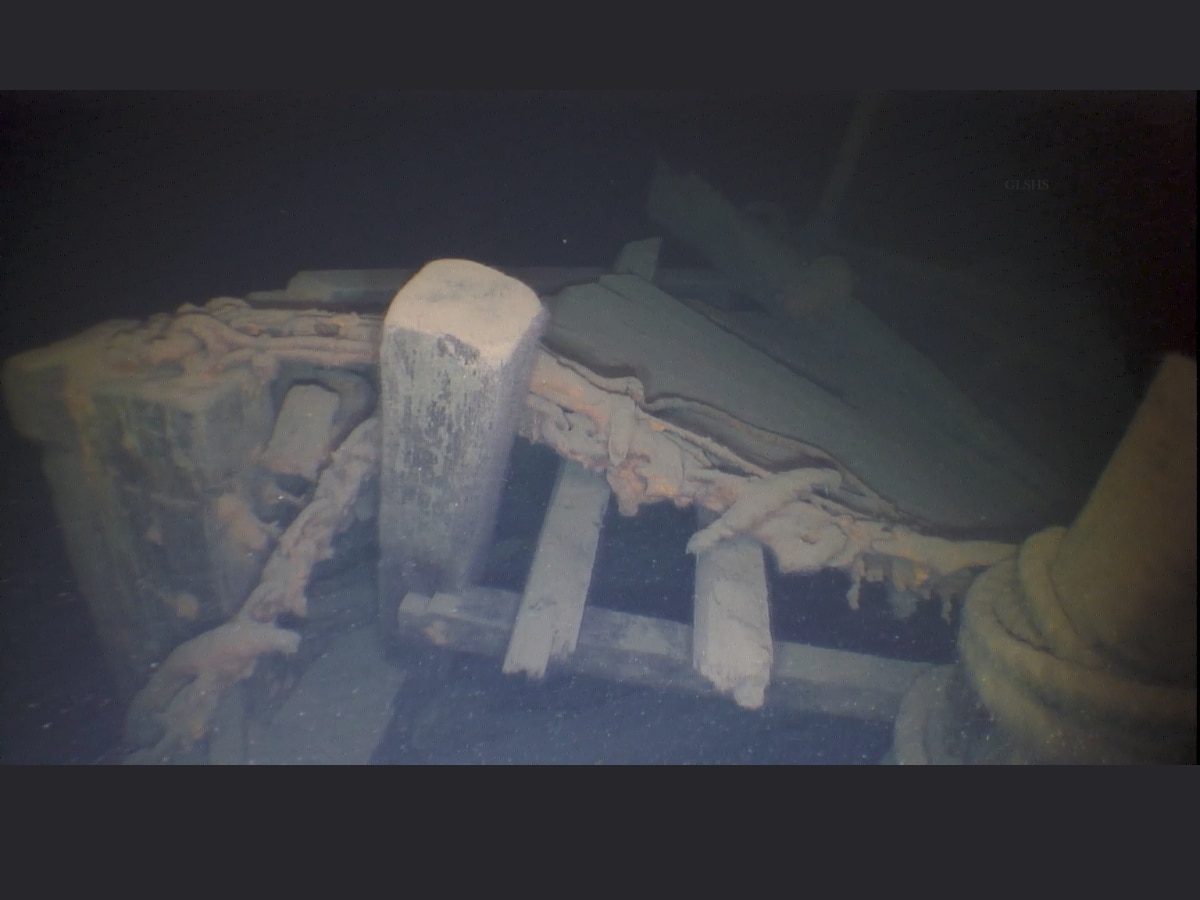

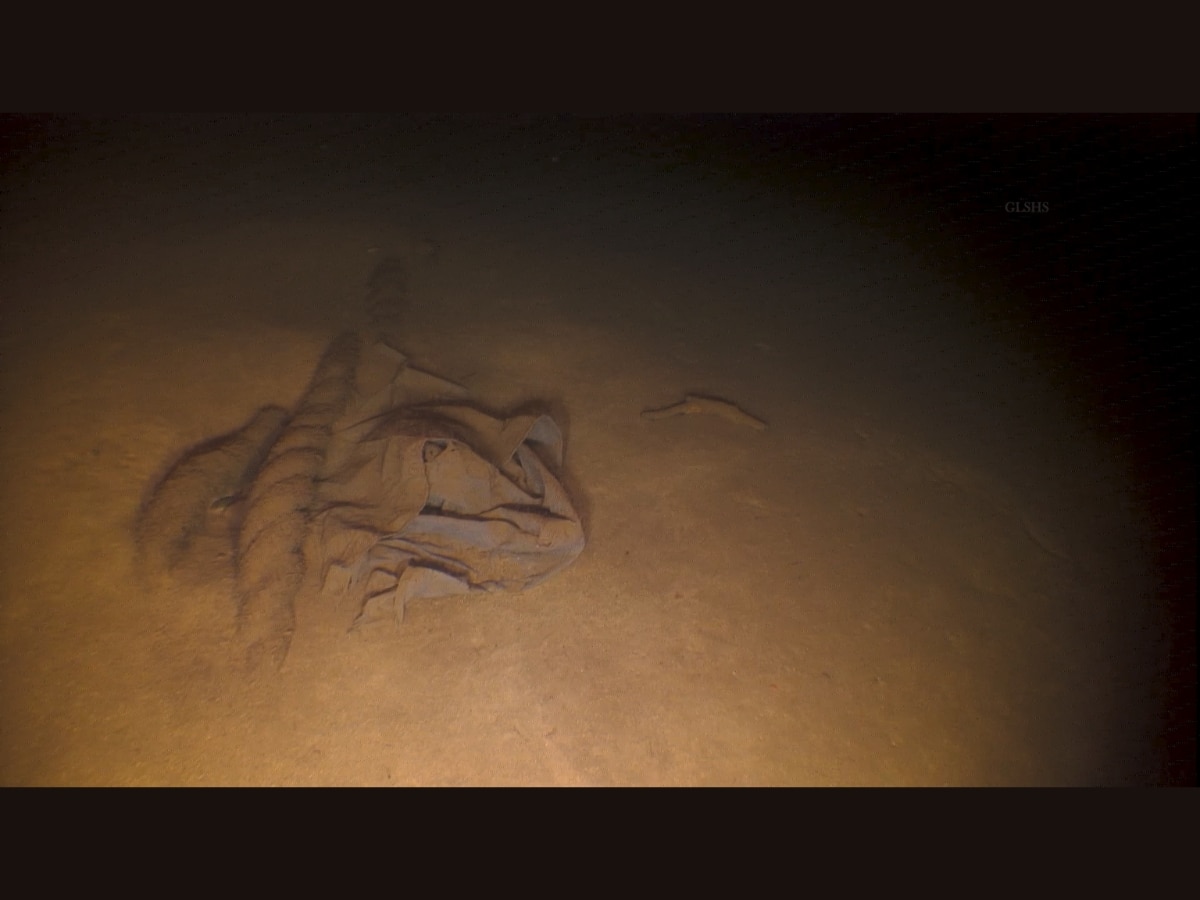
What makes the discovery historically significant?
Curtis, Marvin and Peterson were part of the Hines Lumber Industry, one of the biggest lumber companies of the 19th and early 20th centuries. This makes the discoveries of Curtis and Marvin historically significant.
Maritime historian Ric Mixter from the Shipwreck Society said in the statement that it was a career highlight to have witnessed the discovery of the Marvin because not only did it solve a chapter in the United States' darkest day in lumber history, but also showcased a team of historians "who have dedicated their lives towards making sure these stories aren't forgotten".
ALSO READ | First Black Hole Image Gets Makeover, Sharper Version Appears Like A 'Skinny Donut'
Search for Peterson continues
The Shipwreck Society is yet to discover the Peterson.
Darryl Ertel, Director of Marine Operations of the Shipwreck Society, said finding the Peterson is one of the goals of the museum. He also said that it would be great to know where all the three wrecks are lying at the bottom of Lake Superior, so that historians can tell the stories of Curtis, Marvin and Peterson.
Trending News
Top Headlines






































